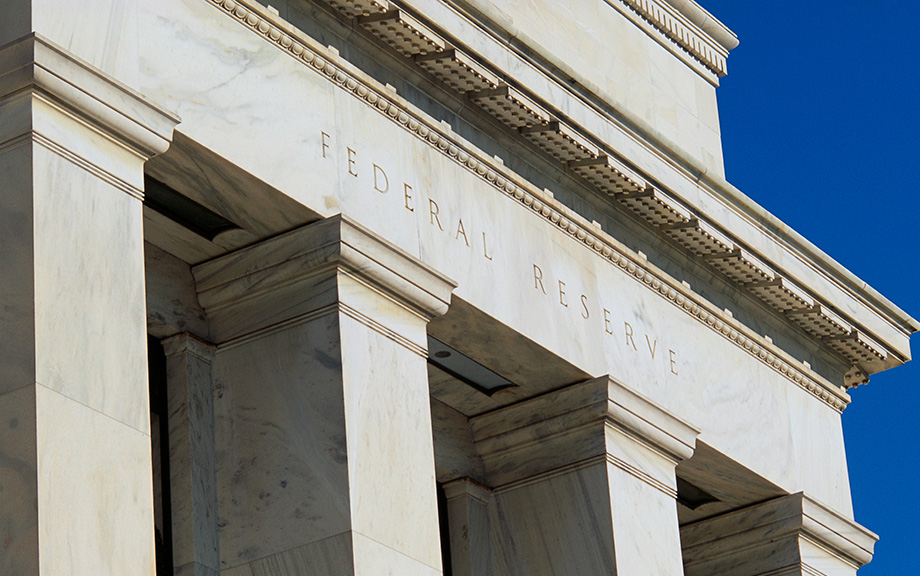
The rapidity of deposit outflows during the March 2023 banking run highlights the important role that the Federal Reserve’s discount window should play in strengthening financial stability. A lack of borrowing, however, has plagued the discount window for decades, likely due to banks’ concerns about stigma—that is, their unwillingness to borrow at the discount window because it may be viewed as a sign of financial weakness in the eyes of regulators and market participants. The discount window has been reformed several times to alleviate this problem. Although the presence of stigma during the great financial crisis has been documented empirically, we do not know whether stigma has remained since then. In this post, based on a recent Staff Report, we fill this gap by using transaction-level data from the federal funds market to examine whether the discount window remains stigmatized today.












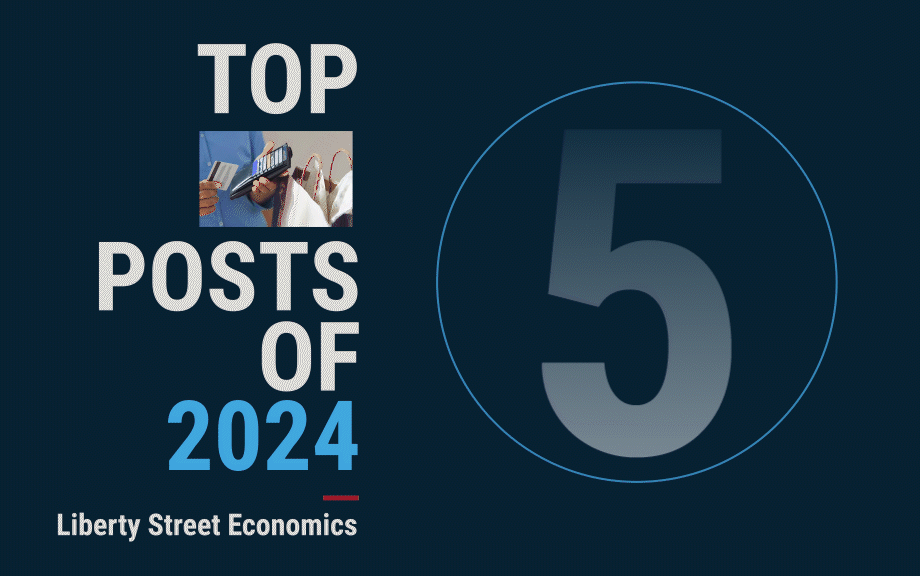

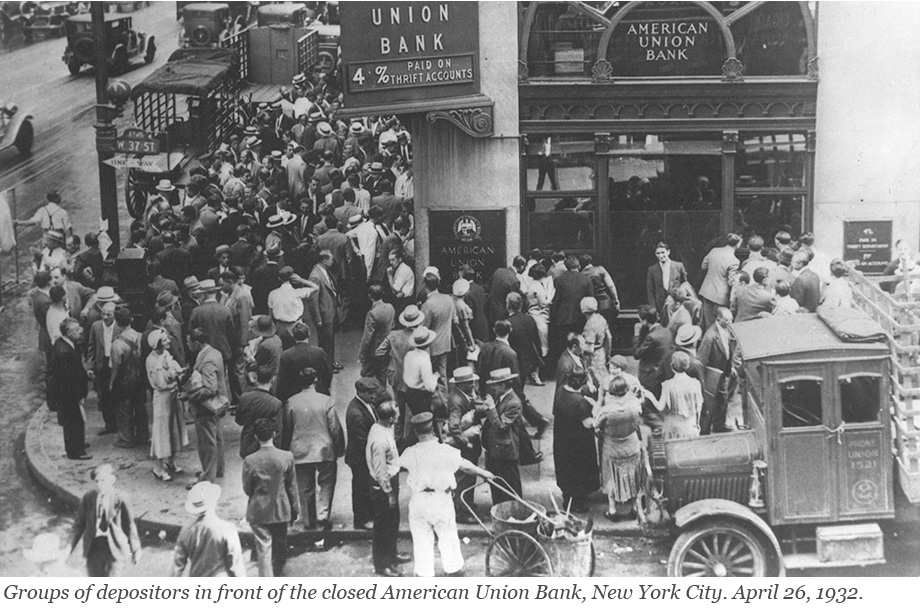

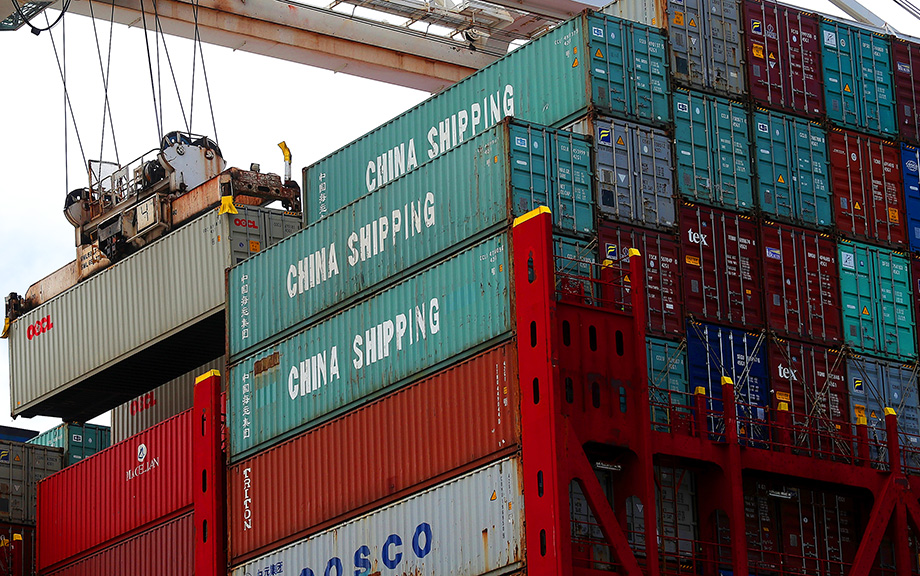

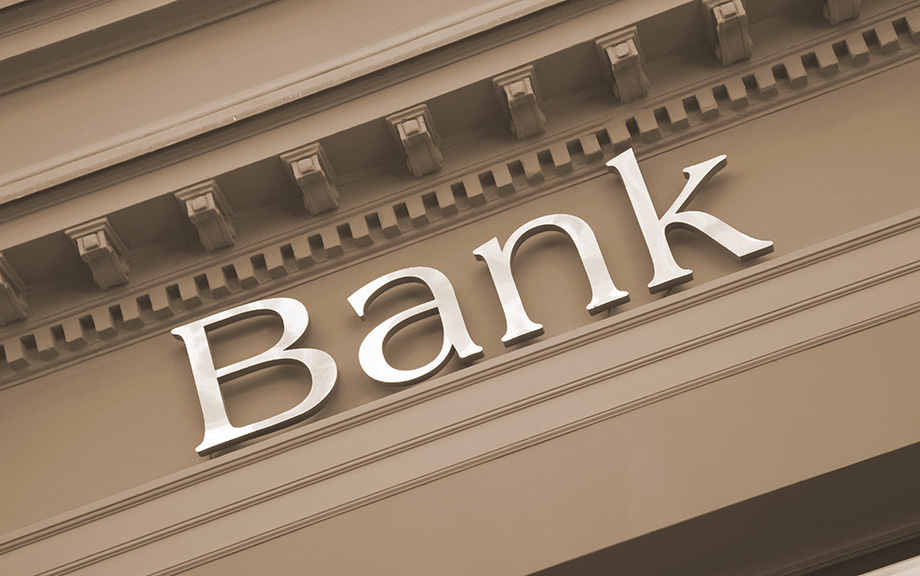
 RSS Feed
RSS Feed Follow Liberty Street Economics
Follow Liberty Street Economics